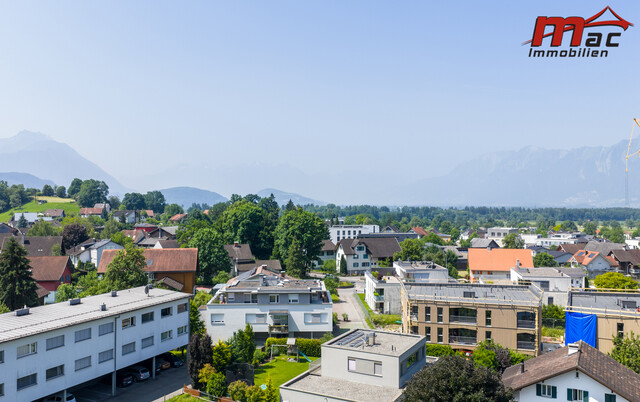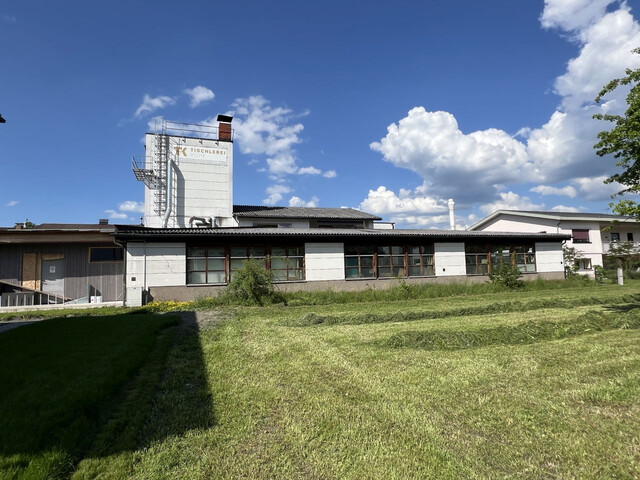Asbestos Alarm After Storms: Danger Greater Than Expected
The increasingly frequent hailstorms occurring as a result of climate change also pose the risk of increased asbestos release. The Elemental Damage Prevention Center (EPZ), a platform of the Austrian fire prevention agencies, highlighted this in a press conference on Thursday in Linz. The fire department now wants to raise awareness among its members.
Asbestos from Hail: New Study Warns of High Health Risk
Hailstones with a diameter of four to five centimeters are no longer uncommon, and in some areas, diameters of up to seven centimeters occur, according to EPZ division manager Michael Stur. When these egg-sized hailstones hit components at 140 km/h - their natural fall speed - they can cause severe damage. This can become even more dangerous with old asbestos-containing roof coverings.
In an EPZ experimental setup, ice balls produced in the laboratory with a hail simulation machine were accelerated to speeds of up to 140 km/h with diameters of up to 50 millimeters. The result: Old asbestos panels release far larger amounts of asbestos fibers than previously assumed, with limits being exceeded by several times, Stur calculated. From the experiments, concentrations of up to 200,000 fibers per cubic meter were derived. "The danger is greater than previously assumed. Old asbestos roofs and facades pose a massive health risk to residents and emergency services during hail," emphasized Stur.
Ban Since 1990, but Asbestos Still in Old Buildings
Asbestos was used very frequently over decades due to its durability, for example in facade claddings, insulation materials, and roof shingles. When the extent of its danger was recognized in the 1980s, the ban followed in 1990. This is because the small fibers can cause severe damage in the lungs, up to lung cancer, as pulmonologist Christopher Lambers from the Ordensklinikum Linz Elisabethinen explained.
Risk for Firefighters
Firefighters who are deployed after a hailstorm are particularly at risk. With the insights from the tests, members can be sensitized and trained, said Robert Mayer, President of the Austrian Federal Fire Brigade Association, because "the safety of our deployed forces is the top priority."
(APA/Red)
This article has been automatically translated, read the original article here.
Du hast einen Hinweis für uns? Oder einen Insider-Tipp, was bei dir in der Gegend gerade passiert? Dann melde dich bei uns, damit wir darüber berichten können.
Wir gehen allen Hinweisen nach, die wir erhalten. Und damit wir schon einen Vorgeschmack und einen guten Überblick bekommen, freuen wir uns über Fotos, Videos oder Texte. Einfach das Formular unten ausfüllen und schon landet dein Tipp bei uns in der Redaktion.
Alternativ kannst du uns direkt über WhatsApp kontaktieren: Zum WhatsApp Chat
Herzlichen Dank für deine Zusendung.








